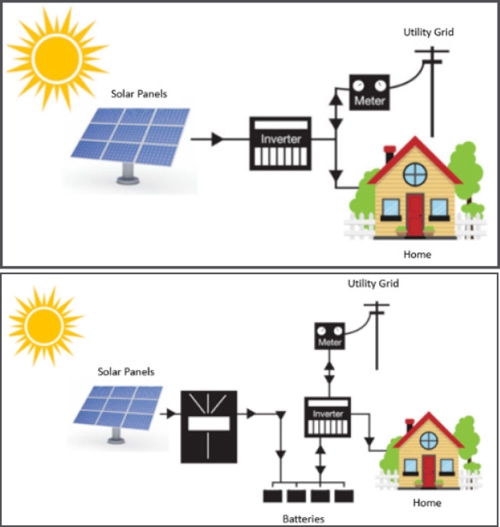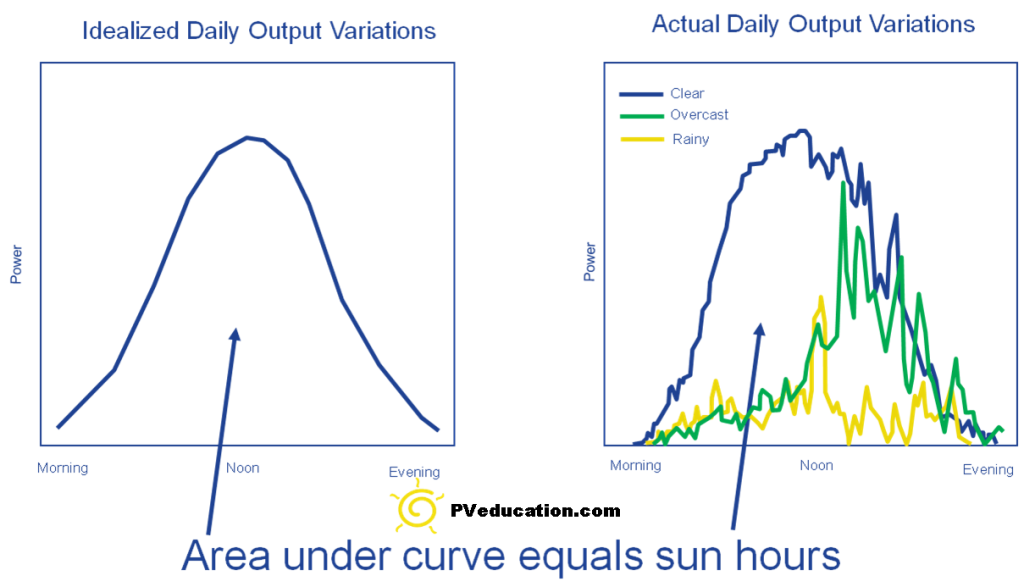STAY ALERT, STAY SAFE!
For a smooth and stress-free experience, always verify SA Home Loans branch and consultant details here on our official website. Remember, we’ll never ask for any fees or monies to be paid upfront.
Plug Into The Sun As An Additional Source Of Electricity
As an alternative to generators, the topic of the previous article, we now look to the sun for help. The next three articles explain different ways of setting up a solar system, how it works, the implications for when you use electricity and estimated costs and financing options. In the two systems discussed below, the home is still connected to the main power grid. Going off-grid is a big step, but you can read our article about about going off-grid.
Grid-tied solar systems vs. hybrid solar systems - which one should I use?
Grid-tied solar systems
These are solar systems in which access to the grid is maintained and municipal power still available, is the most financially viable solar solution. Energy produced by the solar panels flows seamlessly during daylight hours to supplement municipal usage. The power produced is consumed instantly. Hybrid solar systems These are solar power systems that combine grid-tied and off-grid with a municipal grid connection. Batteries that are charged by solar power are used to either be:
Hybrid solar systems
These are solar power systems that combine grid-tied and off-grid with a municipal grid connection. Batteries that are charged by solar power are used to either be:
- Discharged in non-sunlight hours
- Stored for load shedding or power outage events
- Strategically timed as a combination of the two.
Figure 1 depicts the difference between a grid-tied and hybrid solar system.

Grid-tied systems don’t rely 100% on the sun
Grid-tied solar systems only produce maximum electricity when the sun is shining. Rain and bad weather will result in a greatly reduced amount of solar irradiation and less electricity being generated. This will result in more electricity being used from the municipality’s supply.
Figure 2 shows an ideal bell curve of solar power over a day (left). The right graph shows the actual power during clear, rain and overcast conditions. It is important to be aware of the actual variations and possibly shift loads. If activities like washing and drying can be shifted to days of better sunshine, it will help to maximise the solar savings.

Solar is a clean renewable source of energy. But not everyone can – where you live in the country and how much space you have for panels could be limiting factors. It’s also more beneficial to use solar power when the sun is shining. It’s all explained in the next article.
Ready to invest in a power or water saving solution for your home? If you’re an SA Home Loans client, we'll help you finance it through your home loan.
